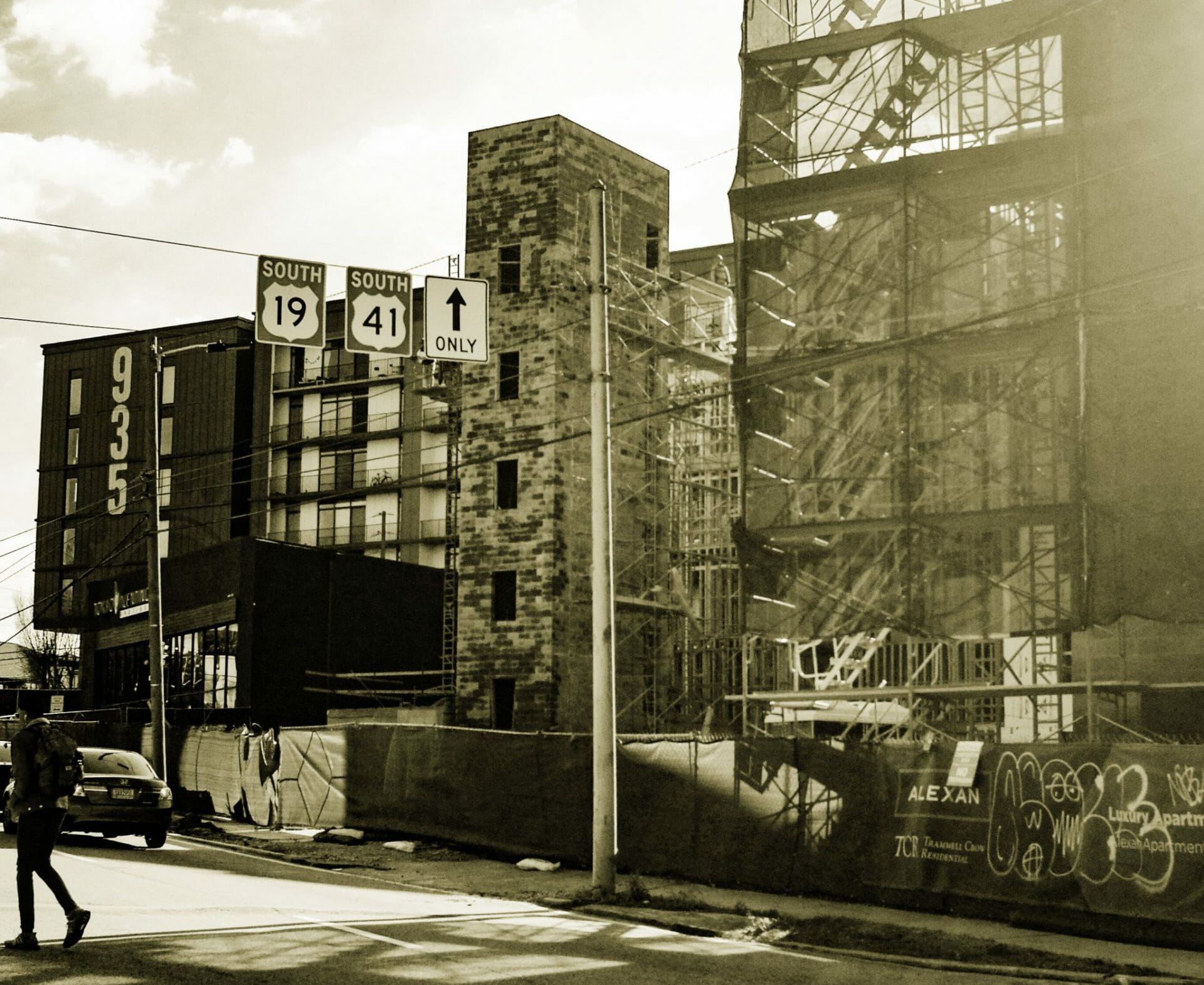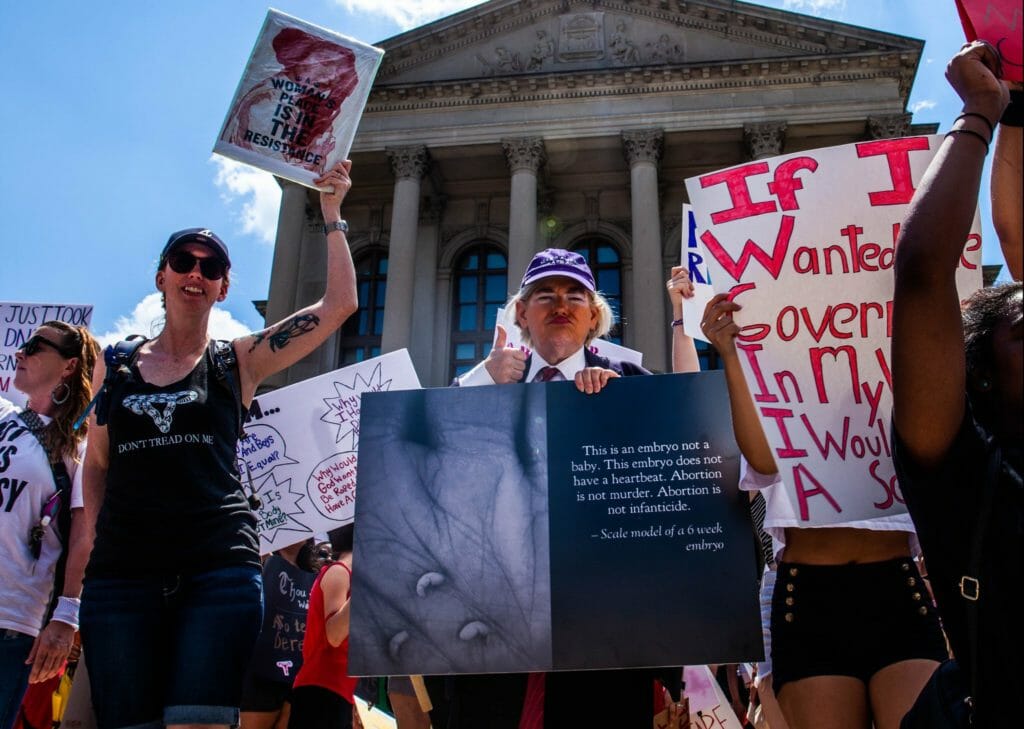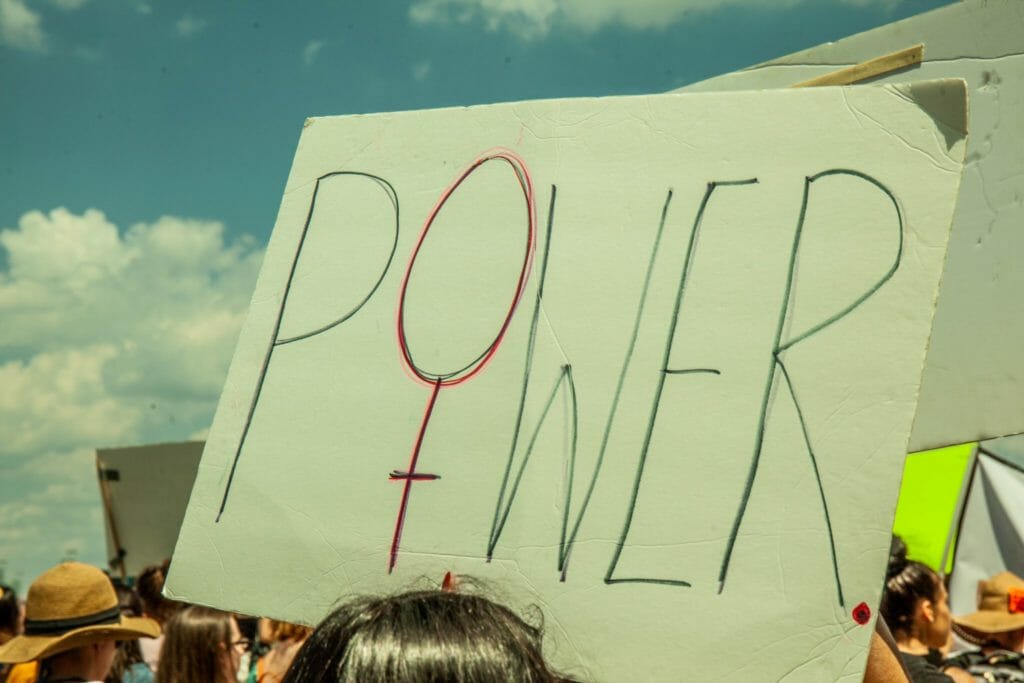As Atlanta residents face increasing economic tensions due to the coronavirus pandemic, big-time development along the Westside rings major gentrification alarm bells

ATLANTA — Atlanta doesn’t have a housing shortage; it has an affordable housing shortage. Atlanta’s affordable housing crisis has hit its communities long before the coronavirus pandemic, and the city’s plans to address it have repeatedly fallen short while big-time development has continuously raised the median cost of living for residents.
From May 2013 to May 2019, median rent for a one-bedroom apartment rental unit increased from around $1,100 per month to $1,600 per month. That’s a 45% increase, whereas neighborhoods such as the West End and Reynoldstown have seen an increase of more than 60% since 2013, according to a report in Atlanta Magazine.
While many areas have been affected, Westside Atlanta in particular has been devalued and suffered from disinvestment by City Hall and major developers for decades. Its neighborhoods are now the spectacle of a long list of new building projects driven by investors on the heels of the completion of the Westside Beltline Trail and Bellwood Quarry. As this all-too-familiar sequence of events unfold, local residents are bracing for impact.
The three larger projects in the area are Echo Street West, Quarry Yards, and Centennial Yards (also known as “the Gulch”). All developments include residential units. While they are to aid in transforming the Westside, the projects also carry all warning signs of gentrification, displacement, and loss of history — things that have become the watermark of Atlanta’s story.
One reason why the City of Atlanta suffers so greatly in affordable housing is because the city’s standards that developers are required to meet are so low; and that may contribute to why so many developers are drawn to Atlanta in the first place. The city only requires that new multifamily rental developments seeking to receive a public subsidy must set-aside 10% of their units for households at or below 60% of the Area Median Income (AMI), or 15% of their units for incomes at or below 80% of the Area Median Income. If the development is not seeking public funding they set their own pricing.
Echo Street West, a Lincoln Property Development project located at Donald Lee Hollowell and Echo Street, is a vertical construction project being marketed as part of “West Midtown revitalization”. For starters, labeling any part of Donald Lee Hollowell as anything other than Bankhead or English Avenue is a bit of a stretch. This development is connected to the Beltline Project and will be connected through one of its connector trails. Lincoln Property Development purchased the land from Brock Built Homes, who wanted to build another project called the Westside Yards at this same location. The Brock Built Homes plan ultimately fell through because it was too dense for the Westside Land Use Framework Plan, which helped set guidelines in place for future development in the area. Brock Built Homes is instead building the Oliver Street Townhomes, which start in the low $400,000 price range, and Ten29 West, which start in the low $500,000. Each of these properties are just one mile west of Echo Street and have been labeled as part of “Atlanta’s newest Renaissance” between “two tech giants: Georgia Tech and Microsoft.”
When describing Echo Street West, Lincoln Property Development has used all the gentrifying red-flag words claiming that “Echo Street West won’t bring a carbon-copy of the pricey apartments, million-dollar townhomes, and chain brands,” but in the next breath say that “by next spring, expect one building to be converted into an artist and makers colony, and another an event venue with live music capabilities.”
As a longtime Atlanta resident, I’m not sure when the last time an “artists and makers colony” didn’t lead to carbon-copy pricey apartments or three-story townhouses, like StudioPlex or the Goat Farm — but here’s hoping! Although, with 20% of the 300 apartments built qualifying as “affordable,” the hope doesn’t go very far. Additionally, “vertical construction” is code for high rise multi-use buildings with boutique stores on the bottom floor and either hotel rooms, apartments, or office space all above a giant parking deck. Think Atlantic Station or Ponce City Market, but built in the English Avenue neighborhood; because Atlanta needs another one of those.
The Quarry Yards Project, located near the Bankhead MARTA station, was just sold by former Atlanta Braves player Mark Teixeira and Urban Creek Partners to a Microsoft-affiliated developer. The 70-acre project in Grove Park would have included affordable housing connected to both MARTA and the Westside Beltline, but it is unknown what will happen with the project now. If plans to include at least the minimum amount of affordable housing similar to that of Centennial Yards and Echo Street West are not carried out, current Westside residents are likely to continue to suffer.
The Development Authority of Fulton County recently signed a $14.5 million and 10-year tax break deal with Microsoft to build a data center in Palmetto, Ga., just 30 minutes south of downtown. Once constructed, the data center will bring roughly 20 jobs to the area. In May, Microsoft announced a new Atlantic Station office known as Atlantic Yards, which has a 10-year tax break worth $9.7 million. According to a press release from the Atlantic Yards Report, the 523,000 square-foot office, which the company claims will hold 1,500 employees.
For at least 35 years, the Gulch has been up for grabs in Atlanta’s south downtown area. In the last 10 to 15 years, there have been whispers of plans for residences, mixed-use developments, and even major headquarters like Amazon and Norfolk Southern. Those plans since have fallen through or moved to other parts of Metro Atlanta instead. As for what’s taking form in the Gulch, what was once a $1 billion deal is now a $5 billion deal, and will be known as Centennial Yards.
In 2017, Mayor Kasim Reed’s administration announced the Gulch’s $1 billion deal in partnership with a California-based company called CIM Group. (Interestingly, the acronym CIM really doesn’t stand for anything.) The group has since purchased the CNN Center in addition to all 40 acres of ground and air rights for the Gulch. That deal went through in July 2020, which may add context to Mayor Bottoms’ emotional and tearful response to protesters defacing the CNN sign downtown on May 29 in the wake of George Floyd’s murder by Minneapolis police. If related, this wouldn’t be the first time Atlanta leadership sought to get its people under control in order to maintain a certain impression for million- or billion-dollar deals from outside developers or investors.
Another concern regarding CIM is its ties and business dealings with real estate developer, investor, and President Donald Trump advisor and son-in-law Jared Kushner. According to WNYC, records show that CIM has taken part in at least seven real estate deals that benefited Kushner, Trump, and others in their circle.
According to the Saporta Report, the current $5 billion deal started up during an Atlanta Committee for Progress meeting and gained traction after the Atlanta Hawks agreed to stay in town. The team agreed to stay in exchange for a renovation of its stadium, which was mostly paid for by the city with a price tag of over $140 million from taxpayers and only $50 million from the Hawks themselves. The connection to the Hawks in the Gulch’s current plans is an important one, seeing that CIM is owned by Richard Ressler, who is the brother of Hawks owner Tony Ressler.
CIM also managed to convince Atlanta City Council to include nearly $2 billion of public funding from the city of Atlanta, making it another project partially funded by taxpayers. This amount has been a source of contention between Atlanta activists, the Atlanta Public School System, and Atlanta City Council since January 2019. Only 10% of ownership will go to minority-owned businesses as well as 38% women-owned and minority-owned participation in the construction. Further, only 200 of the 1,000 residential units will be earmarked as “affordable” housing units. While this percentage is more than what is required, it does not go far enough in the current housing crisis, especially as communities continue to suffer the adverse effects of the coronavirus pandemic. Additionally, while the units will be considered “affordable” on paper, the threshold for what constitutes affordable housing is up to the discretion of the developer rather than any city officials or representatives.
Mayor Bottoms has established a $4.6 million trust fund to help protect Westside residents, particularly those in English Avenue from tax hikes and displacement. This money comes from the Gulch Housing Trust Fund as part of the mayor’s Anti-Displacement Program. I’m not sure how many people or homes this fund will protect, but history tells me not to believe it will be enough. Nonetheless, this is the first step Bottoms has taken in regards to displacement prevention during development, and residents along the southwest corridor of the Beltline who did not receive such proactive measures during their neighborhoods’ transformation can attest to that.
While developers, investors, and city leaders are never shy to claim they are “transforming” Atlanta neighborhoods, we should be clear on what this gentrifying buzzword actually means. Between 2014 and 2017, Southwest Atlanta residents did see a transformation of their neighborhoods, and this transformation included increased property values, large amounts of displacement, and skyrocketing tax bills. Legacy residents and long standing small businesses were pushed out for food halls, craft beer, and walking trails.
Bottoms ran on a platform to increase affordable housing as the self-proclaimed “Housing Mayor,” and so far, she has yet to be as good as her campaign promises. While her One Atlanta plan, announced July 14, 2020, has been hindered by the coronavirus pandemic, it also has a standing history of putting industry first.
Prior to the pandemic, Fulton County held the highest number of eviction notices in the country. Further, in 2018, Atlanta was ranked with the highest wealth inequality gap in the U.S. Atlanta residents have continued to be evicted from their homes at alarming rates during the coronavirus pandemic, forever affecting their rental histories and chances of finding replacement housing. While Bottoms’ administration placed a halt on evictions earlier this year, it was very limited and only applied for certain areas and landlords with contracts with the City of Atlanta. As residents have been continuously displaced, landlords and investors have continued to prosper and be protected.




